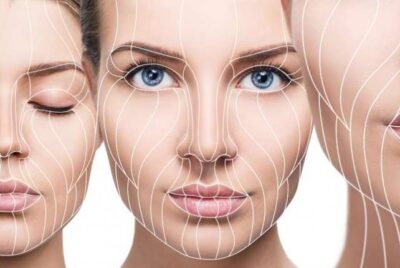Facelift Techniques: A Comprehensive Guide
Introduction:
Facelift Techniques have long been a popular option for individuals seeking to rejuvenate their appearance and combat the signs of aging. Over the years, advancements in medical technology and surgical techniques have led to the development of various types of facelift procedures. Each technique offers unique benefits and addresses specific concerns, allowing patients to choose the option that best suits their needs. In this article, we delve into the diverse world of facelifts, exploring the different types available and their respective advantages.
1. Traditional Facelift:
• Also known as a full facelift or traditional rhytidectomy, this procedure targets multiple areas of the face and neck.
• Incisions are typically made along the hairline, extending around the ears and sometimes into the scalp.
• The underlying muscles are tightened, excess fat is removed, and the skin is repositioned to achieve a smoother, more youthful appearance.
• Ideal for individuals with significant sagging and deep wrinkles.
2. Mini Facelift:
• A less invasive alternative to the traditional facelift, the mini facelift focuses on addressing mild to moderate signs of aging.
• Smaller incisions are made, usually around the ears or along the hairline, resulting in reduced scarring and a quicker recovery time.
• This procedure targets specific areas of concern, such as the lower face and jawline, providing subtle yet noticeable results.
• Suitable for individuals looking for a more minor enhancement with minimal downtime.
3. Mid-Facelift:
• The mid-facelift concentrates on lifting and rejuvenating the middle portion of the face, including the cheeks and under-eye area.
• Incisions are made near the temples or along the lower eyelid, allowing the surgeon to access the underlying tissues.
• By lifting and repositioning the cheeks and restoring volume to hollowed areas, this procedure can effectively address nasolabial folds and sagging in the mid-face region.
• Ideal for patients experiencing age-related volume loss and mid-facial sagging.
4. Thread Lift:
• A non-surgical alternative to traditional facelifts, the thread lift involves the use of dissolvable sutures to lift and tighten the skin.
• Threads are inserted beneath the skin using a thin needle and gently pulled to elevate sagging tissues.
• This minimally invasive procedure stimulates collagen production, resulting in gradual improvements in skin firmness and elasticity.
• Thread lifts are suitable for individuals with mild to moderate sagging who prefer a less invasive option with minimal downtime.
5. Deep Plane Facelift:
• Designed to address advanced signs of aging, the deep plane facelift targets the deeper layers of facial tissue for comprehensive rejuvenation.
• Incisions are made deeper within the facial structure, allowing the surgeon to lift and reposition the underlying muscles and fat pads.
• By restoring volume and improving facial contours, this technique achieves natural-looking results with long-lasting benefits.
• Recommended for patients with significant sagging and aging in the mid-face and lower face areas.
Conclusion: Facelift surgery has evolved significantly over the years, offering patients a range of options to address their unique concerns and goals. Whether opting for a traditional facelift, mini facelift, mid-facelift, thread lift, or deep plane facelift, individuals can achieve a more youthful and refreshed appearance with the help of skilled plastic surgeons. By understanding the various types of facelift techniques available, individuals can make informed decisions and embark on their journey towards rejuvenation with confidence and satisfaction.




